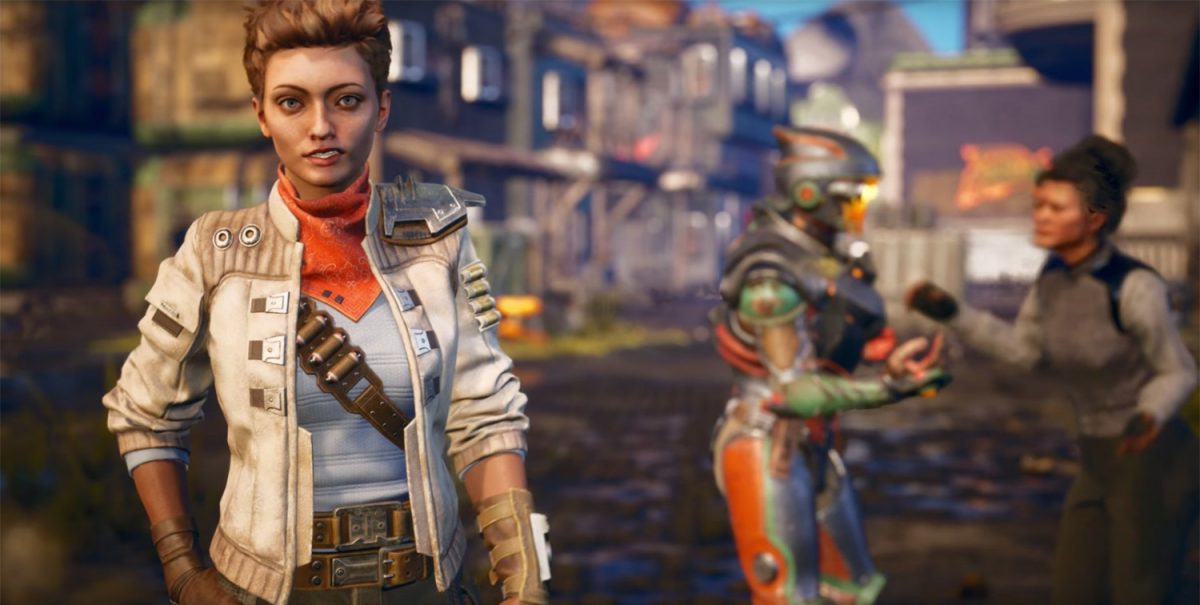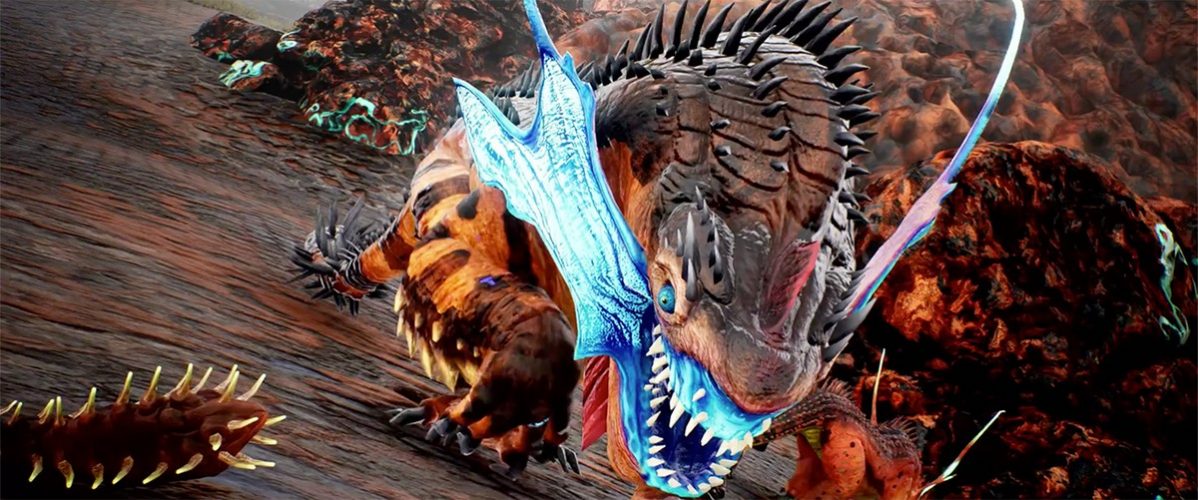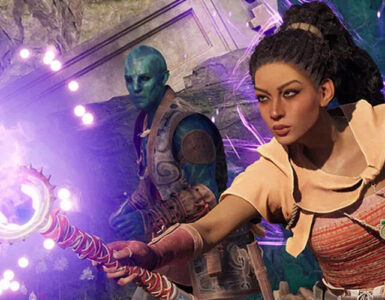Branching narratives and choice-based storytelling is not exactly a novel concept in today’s gaming community, but especially not so for Obsidian Entertainment. The team has demonstrated their creative prowess with four unique endings to Fallout: New Vegas, after all, and it seems the signature hallmark will be carried over to their next RPG-shooter project, The Outer Worlds.

“You [can actually] end up being the antagonist of the game, based on your choices,” senior narrative designer Megan Starks revealed in an interview with GameSpot. And while details were naturally kept under wraps (since y’know, the game will have to be spoilt), she confirmed that choosing the path of villainy will bring considerable changes to the overall outcome.
These options need not necessarily be fuelled by dialogue or character interactions, however. Actions also play a big part in the game, and Starks elaborated, “A lot of [the story] is based on the actions you take in the game. If you kill someone that [another character] cares about, they’re definitely going to be very opinionated.”

The Outer Worlds is set to feature a variety of companions and important NPCs, much like the Dragon Age series. According to the narrative designer, they are crafted to reflect different personalities, with the narrative design saying, “The companions are like real people. They have opinions on things. Companions have their own quests and you can decide which way you want to push them during the quest, but you can also fail the quest based on those decisions.”
Suffice to say, a loss in companions will result in a lacking story and combat experience. Apart from granting perks and battle advantage to players, they also provide advice and are able to solve issues in various unique ways.

It’s similar to how life works, and that’s not the only area where the game borrows cues from real life. Whenever the player character makes a decision or mistake, they develop a Flaw – which brings about some nerfs, as the name suggests – that’s balanced out by an accompanying helpful perk. Robophobia, for instance, is spawned from repeated deaths at the hands of robot enemies in a short time frame, while having a fear of the dark will take away the ability to sneak into an enemy stronghold through unlit backlit alleys.
The addition of Flaws serves as a challenge to more experienced players, so neophytes are not given the choice to not go down this road. “You don’t have to take a Flaw unless you’re playing the hardest difficulty, which is the Supernova Mode,” Starks shared. “But if you choose to take a Flaw, it is with you for the rest of the game.”
Slated for release on October 25, 2019 for Xbox One, PS4, and PC, The Outer Worlds does appear to be a promising, enjoyable title. In our interview at E3 with the developer, we pinned the game as one that bears “all the hallmarks of [Fallout: New Vegas], whilst making things fresh,” and from the looks of it, it’s definitely that – and then some.
Based on the team’s past work on Fallout: New Vegas and Tyranny, we can assume that the upcoming title will feature a mix of gameplay elements from both. In New Vegas, being the big bad saw different interaction options, but combat mechanics and skills remained largely unchanged. Meanwhile, the latter title had some slight changes to that, with altered dialogue choices and battle mechanics. Since taking on a villainous role seems like a huge deal in The Outer Worlds, it’s only logical that the team will bring in even larger changes, offering a drastically different gameplay experience in both character interaction and combat.













